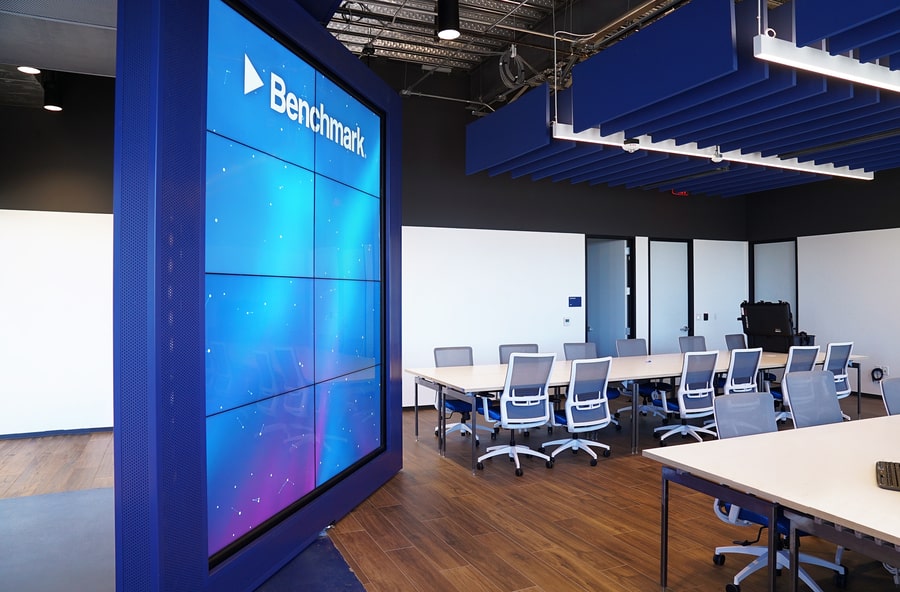
Why You Should Be Working with an Integrator to Install a Video Wall
VIDEO WALL SOLUTIONS REQUIRE AN EXPERIENCED TEAM FOR DESIGN
Video walls and digital signage are some of the hottest AV solutions on the market. And there’s no better time than right now to educate, engage and enthrall your audience with a unique and eye-catching method for content display. But video wall solutions are not plug-and-play devices — they are hugely technical and complex installations that hinge on expert-level knowledge of video wall technology and AV system design. Architects, electricians, and your internal team are likely ill-equipped to manage the audiovisual design and engineering processes required to implement video wall solutions on small and large scales. If your Tempe, AZ, business is interested in a video wall installation, you need the help of an experienced audiovisual integrator like Level 3 Audiovisual. Keep reading to learn about three technical considerations that require the guiding hand of an expert AV team.
SEE ALSO: 4 Ways to Use Video Walls for Education and Engagement
Size and Shape
Several factors go into determining the best size and shape of a video wall:
- Room layout. The height and width of the room help guide the size and shape of a video wall solution. Outside of a standard square or rectangle, video boards can be arranged into flexible and unique shapes and patterns depending on available space.
- Viewing distances. What will the closest viewing distance be? What will the farthest viewing distance be?
- Source content.Consider thetype of contentyou wantto display. How will the nativesize, resolution, and aspect ratio of the source content look on video walls of varying shapes and sizes?
- Pixel density. A display panel’s pixel density directly correlates with screen resolution. Adequate pixel density should be determined against the closest viewing distance. Short viewing ranges require higher pixel density to produce sharp and detailed images.
Mounting
If you’re planning on mounting a multi-screen video wall to an indoor or outdoor wall, you’ll need a professional installation team. Mounting is a complicated and physically laborious process. Failing to measure your dimensions correctly, drill in the right area, level the screens, or fit a screen perfectly into a bracket can result in a crooked display and wall damage. One loose screw or the slip of a hand can send display panels, mounts, and drywall crashing to the floor — breaking expensive panels or even hurting someone.
Calibration and Alignment
Display panels require proper calibration for optimal color, contrast, and brightness parameters. Brightness and color correction are critically important for multi-screen video walls, where the expansive size of the display amplifies even minor discrepancies. Failing to balance the panels for uniform color and brightness is off-putting, distracting, and dizzying for passersby — ultimately drawing attention away from the displayed messaging.
Level 3 Audiovisual is an end-to-end AV integrator headquartered in Tempe, AZ, with experience designing, installing, and customizing digital signageand video wall solutions for commercial organizations of all sizes. Contact us today to schedule a consultation.

